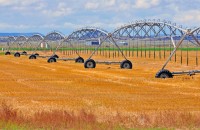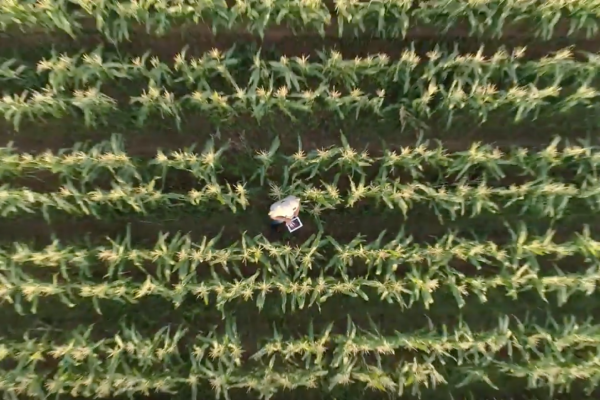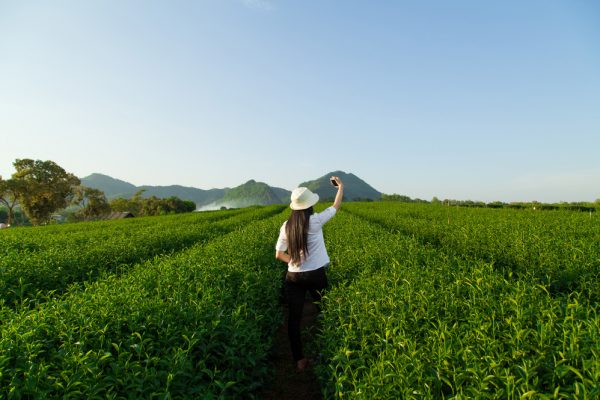Recently, a research paper has been published on: ‘How to assess agricultural water productivity? Looking for water in the agricultural productivity and efficiency literature’. We would like to response to this paper.
The summary of the paper:
Given population and income growth, it is widely expected that the agricultural sector will have to expand the use of water for irrigation to meet rising food demand; at the same time, the competition for water resources is growing in many regions. As a response, it is increasingly recommended that efforts should focus on improving water productivity in agriculture, and significant public and private investments are being made with this goal in mind. Yet most public communications are vague on the meaning of agricultural water productivity, and on what should be done to improve it. They also tend to emphasize water as if it were the only input that mattered.
This paper presents findings from a first attempt to survey the agricultural productivity and efficiency literature with regard to the explicit inclusion of water aspects in productivity and efficiency measurements, with the aim of contributing to the discussion on how to assess and possibly improve agricultural water productivity. The focus is on studies applying single-factor productivity measures, total factor productivity indices, frontier models, and deductive models that incorporate water. A key finding is that most studies either incorporate field- and basin-level aspects but focus only on a single input (water), or they apply a multi-factor approach but do not tackle the basin level. It seems that no study on agricultural water productivity has yet presented an approach that accounts for multiple inputs and basin-level issues. However, deductive methods do provide the flexibility to overcome many of the limitations of the other methods.
Waterwatch Cooperative responses to this research paper:
“We aim to improve water and land productivity by providing farmers and other stakeholders clear insight into the crops water use, biomass, carbon intake et cetera. Currently, we are developing the Global Vegetation Database 3.0, based on satellite, meterological and weather data, that is free accessible for eveyone around the world. Not only do we focus on using water more efficiently, but also on preventing crops from getting plant diseases. Currently, 30-40% of the yield is not usable because of diseases. Waterwatch Cooperative uses a comprehensive approach by combining many different innovative technologies to sustainably increase land and water productivity worldwide. The information of the database will be easily accessible through apps for farmers, governments, water board, insurance companies and many more.”
You can find the research paper here




